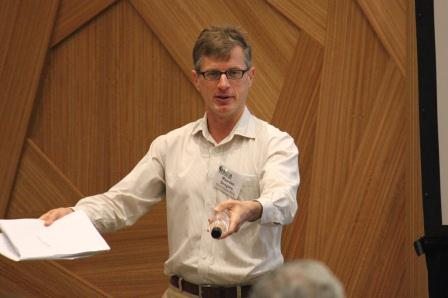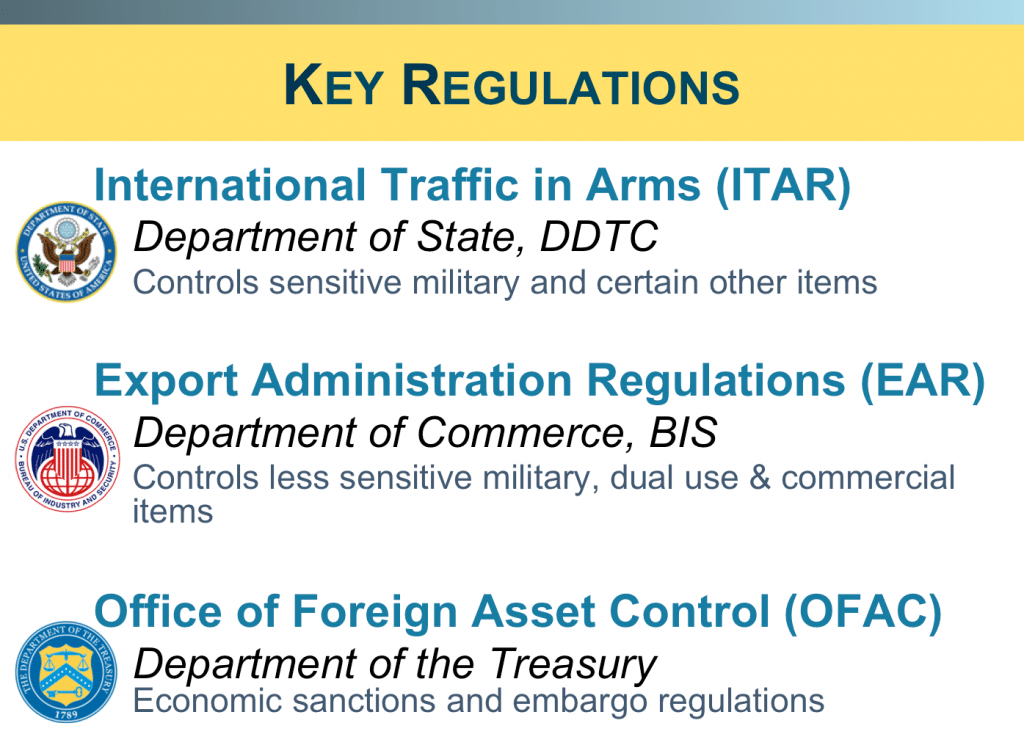The second day of the HECNA Global Forum opened in Panama City, Panama with a deep dive into the intricacies of U.S. export controls with a presentation by Maarten Sengers of BSG Consulting. Martin claims, with tongue in cheek, to have dreamed as a child of becoming an export compliance expert.

Maartin goes on to share with attendees what the U.S. government requires of exporters, which are regulated by the following U.S. Government agencies:
- ITAR
- EAR (apply to almost all housewares products)
- OFAC (apply to embargoed and sanctioned countries)
Key take-aways from Maarten’s overview follow:
- The EAR controls most items that are not otherwise ITAR regulated.
- EAR items can be classified by an Export Control Classification Number (ECCN). The ECCN will indicate associated export license requirements. License exceptions may apply.
- For many ECCNs, e.g. ECCN 9A990, the EAR environment requires few if any export licenses to most countries
- If no specific ECCN is applicable, the default classification for the item is EAR99, which is likely applicable classification for most housewares
- These “99” type of items and related technology can usually be exported as “No License Required” (NLR) unless:
- The product is exported/reexported to US embargoed countries (Cuba, Iran, North Korea, Sudan and Syria)
- Certain catch-all controls apply to the transaction (restricted parties and red flags)




